On View
6 Side-Trip-Worthy Shows to See While in Italy for the Venice Biennale
Tips to turn your trip to Italy into a country-wide art tour.
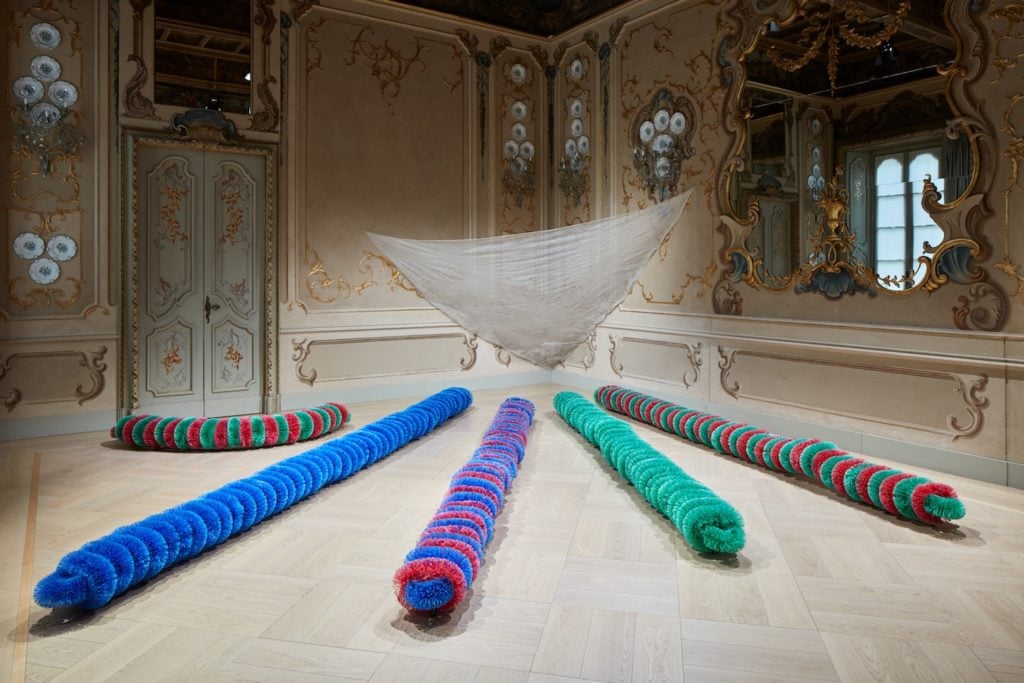
Tips to turn your trip to Italy into a country-wide art tour.

Alyssa Buffenstein

The 57th Venice Biennale opens to the public on May 13, and many an art lover has already packed their bags in preparation for “Viva Arte Viva.” The exhibition attracts hundreds of thousands of visitors, who travel from all over the world to attend each edition. But while the massive biennial is the main draw to Italy this season, other cities in the country also continue to stage impressive exhibitions throughout this summer and fall. These six are worth penciling in for a long layover in Rome, a pitstop in Milan, or a quick visit to Florence on your way to la Biennale, before it closes on November 26.
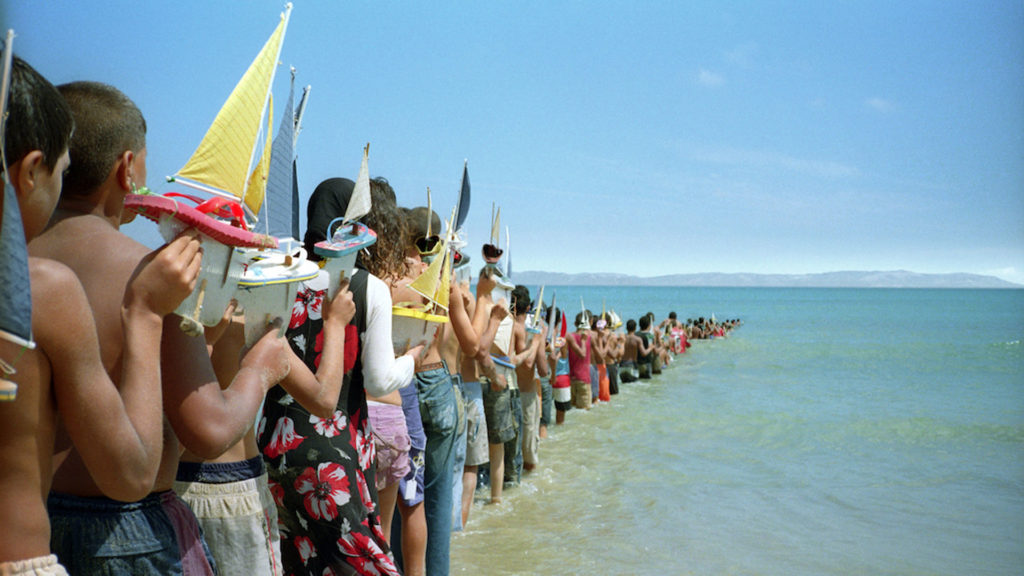
Francis Alÿs in collaboration with Julien Devaux, Felix Blume, Ivan Boccara, Abbas Benheim, Fundaciéon Montenmedio Arte, and children of Tanger and Tarifa, Don’t Cross the Bridge Before You Get to the River, Strait of Gibraltar, (2008). Video and photographic documentation of an action, courtesy Francis Alÿs and David Zwirner, New York/London.
1. “The Restless Earth,” Trussardi Foundation at Palazzo del Triennale, Milan
On view until August 20, 2017
Curated by Massimiliano Gioni, “The Restless Earth” gets its title after a collection of poems by Édouard Glissant about the coextistence of different cultures. It features the work of more than 60 artists, who hail from more than 40 countries, like Kader Attia, El Anatsui, Yto Barrada, Tania Bruguera, and Wolfgang Tillmans. Pairing artworks with historical documents, the show highlights the experiences and perceptions of migration through recent history and into today’s “refugee crisis,” focusing on the Syrian war, and the influx of migrants to the Italian island of Lampedusa.
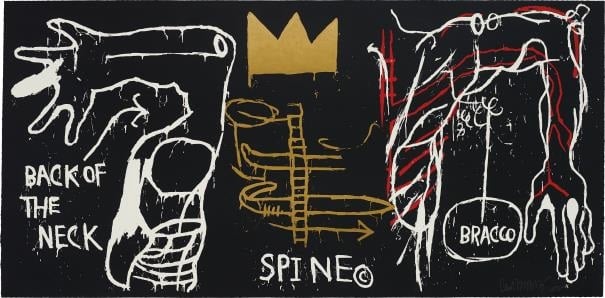
Jean-Michel Basquiat, Back of the Neck (1983). Image courtesy of Christies.com.
2. “Jean-Michel Basquiat” at Chiostro del Bramante, Rome
On view until July 2, 2017
A selection of around 100 works by Jean-Michel Basquiat from the Mugrabi collection are on view at Rome’s Chiostro del Bramante, a restored Renaissance cloister designed by Donato Bramante in 1500. The exhibition includes acrylic and oil paintings, drawings, silkscreen prints, ceramics, and collaborative works with Andy Warhol. (Mugrabi holds the world’s largest collection of Warhols.) All works were created between 1981 and 1987, which, despite being a span of just six years, represent the entirety of Basquiat’s mature creative output—the artist died in 1988, at the age of 27, but not before making a huge impact on the downtown New York art scene, and on the history of art.
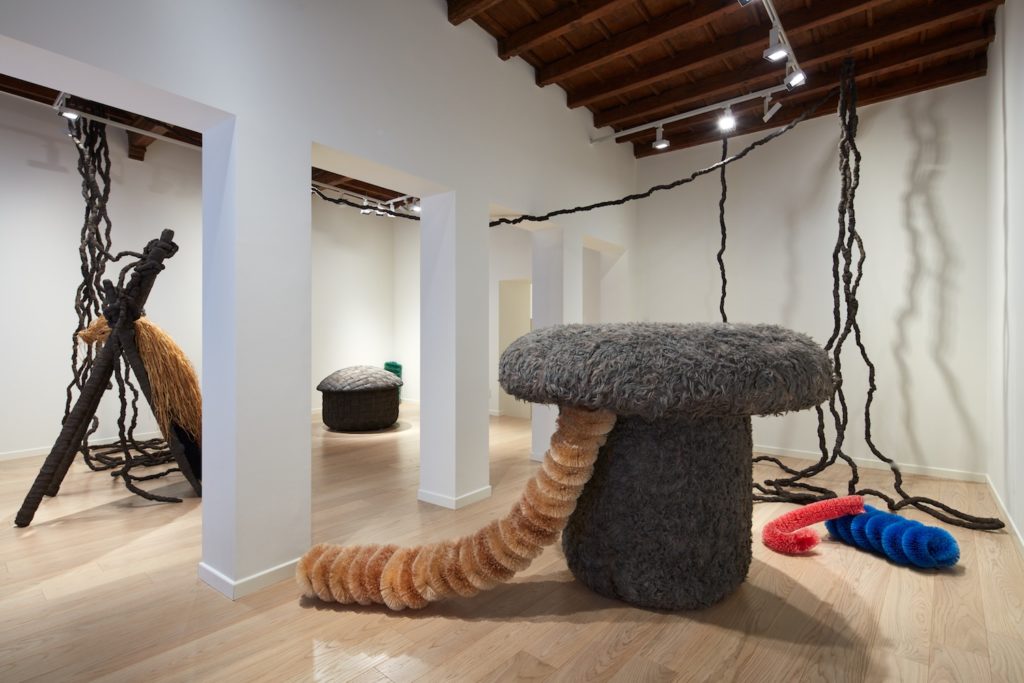
Installation view, “Pascali Sciamino” at Fondazione Carriero. Photo by Agostino Osio
3. “Pascali Sciamano” at Fondazione Carriero, Milan
On view until June 24, 2017
Currently on view at Giorgio Carriero’s contemporary art foundation in Milan is an exhibition called “Pascali Sciamino,” which translates to “Pascali Swarms.” It offers a rare opportunity to discover the work of sculptor and scenographer Pino Pascali, an artists’ artist affiliated with the Arte Povera movement who died too young in a motorcycle accident. A selection of his works, made between 1966 and 1968—the year of his death—is presented alongside works of African tribal art such as animal masks from Tanzania and Mali, or figurative sculptures from Nigeria, dating from the 18th through 20th centuries. The pairing highlights the influence that such works had on Pascali’s practice. His witty approach to industrial materials, and his fascination with shapes and movements occurring in nature are highlighted by the fact that the artworks are restored to their original bright and vivid colors. The landscapes of caterpillars, mushrooms, and ritualistic-seeming animal heads all rendered with synthetic materials thus look both entirely contemporary and timeless.
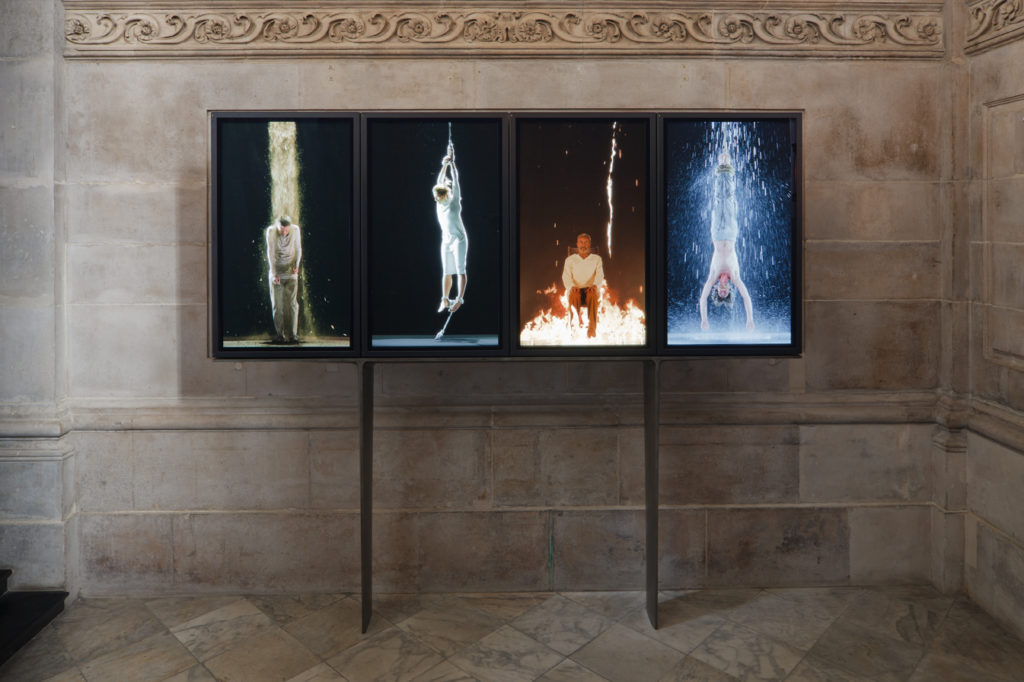
Bill Viola, Martyr (Earth, Air, Fire, Water), (2014). Photo by Peter Mallet, courtesy of St. Paul’s Cathedral.
4. “Bill Viola. Electronic Renaissance” at Palazzo Strozzi and other venues, Florence and Tuscany
On view until July 23, 2017
The Palazzo Strozzi has organized a city-wide celebration of Bill Viola that currently sees his high-definition video works set in historic architecture, and displayed alongside work by artists like Pontormo, Paolo Uccelo, and Lukas Cranach. Viola spent some time in Florence in his twenties, and, despite his penchant for the digital and the moving image, the renaissance city made a lasting impact on his practice. Exhibition venues include the Uffizi Gallery, the Santa Maria Novella Church Museum, Opera di Santa Maria del Fiore, and the Baptistry of San Giovanni in Florence, as well as the St. Andrea Church Museum in Empoli, so that visiting the sprawling exhibition equals a stroll through some of the region’s most striking locations.
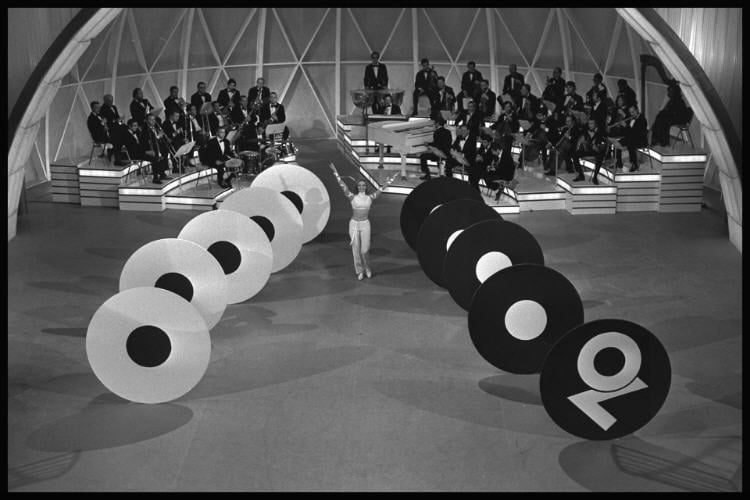
Raffaella Carra, Canzonissima (1970) Image courtesy Rai Teche.
5. “TV 70: Francesco Vezzoli guarda la Rai” at the Fondazione Prada, Milan
On view from May 9 to September 24, 2017
Francesco Vezzoli collaborated with Rai, the national public broadcasting company of Italy, for this show at the Fondazione Prada’s Rem Koolhaas-designed, gold-plated venue in Milan. Focused on public television programs of the 1970s, the exhibition revisits Rai’s collaborations with the film directors Bernardo Bertolucci, Federico Fellini, and Paolo and Vittorio Taviani, and contextualizes them as “a driving force for social and political change…as well as a powerful machine for cultural and identity creation.”

Installation view, Miroslaw Balka, “Crossover/s.” Image courtesy HangarBicocca.
6. Pirelli HangarBicocca, Milan
Miroslaw Balka, “CROSSOVER/S,” on view until July 30
and
Rosa Barba, “From Source to Poem to Rhythm to Reader,” on view until October 8
Located in a 160,000 square foot former train factory, Pirelli HangarBicocca presents two shows this summer: The first, “Crossover/s” is the first Italian retrospective of Polish artist Miroslaw Balka, with fifteen sculptures, installations, and videos that play with ideas of light and dark, and draw attention to the bodies of the viewers themselves within the space. The second, “From Source to Poem to Rhythm to Reader,” highlights the film work of Rosa Barba, and will premiere a new 35mm work, From Source to Poem, that explores the passing on of cultural memory from generation to generation. The foundation also has the monumental site-specific work by Anselm Kiefer, The Seven Heavenly Palaces, permanently on display.